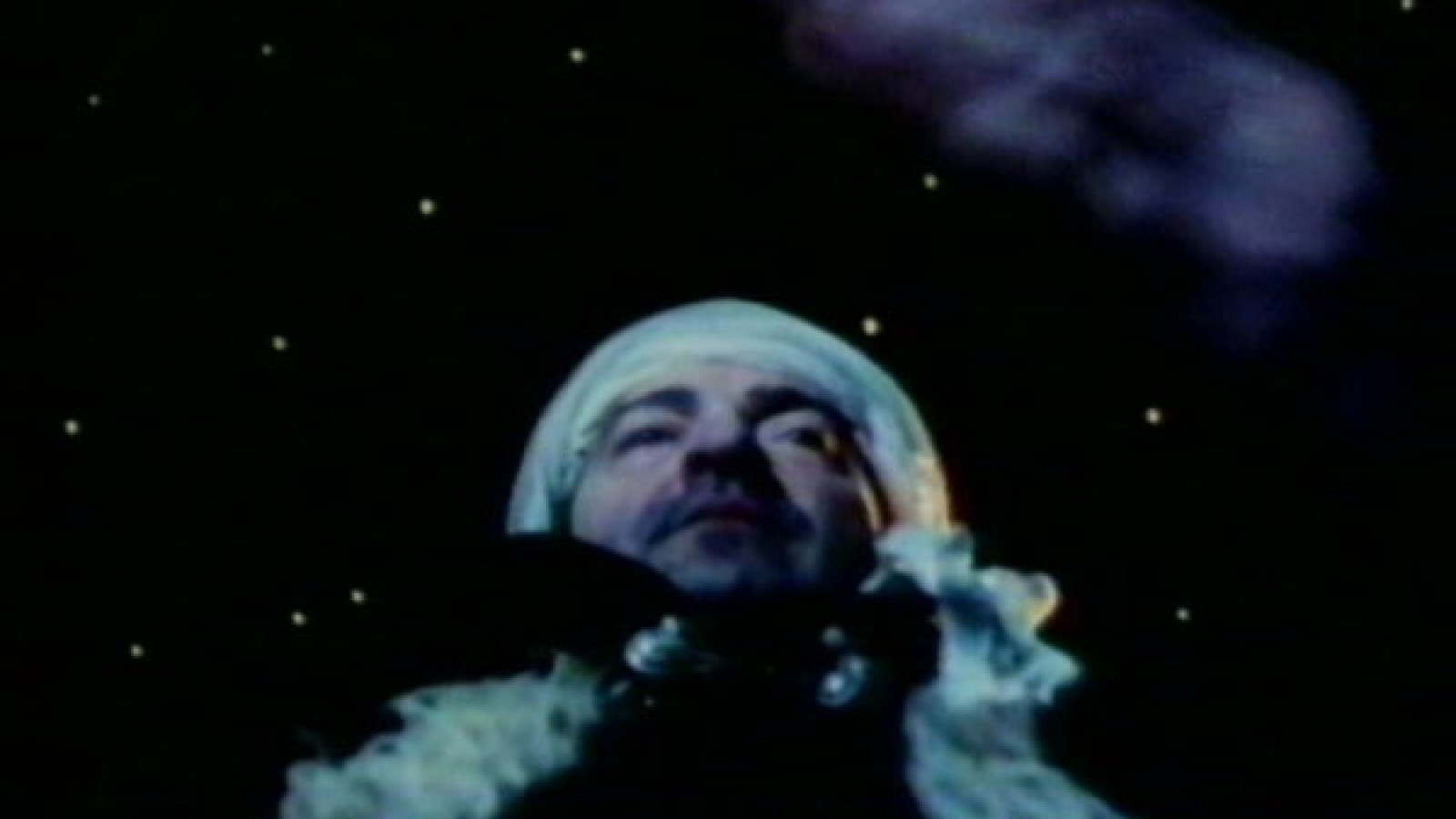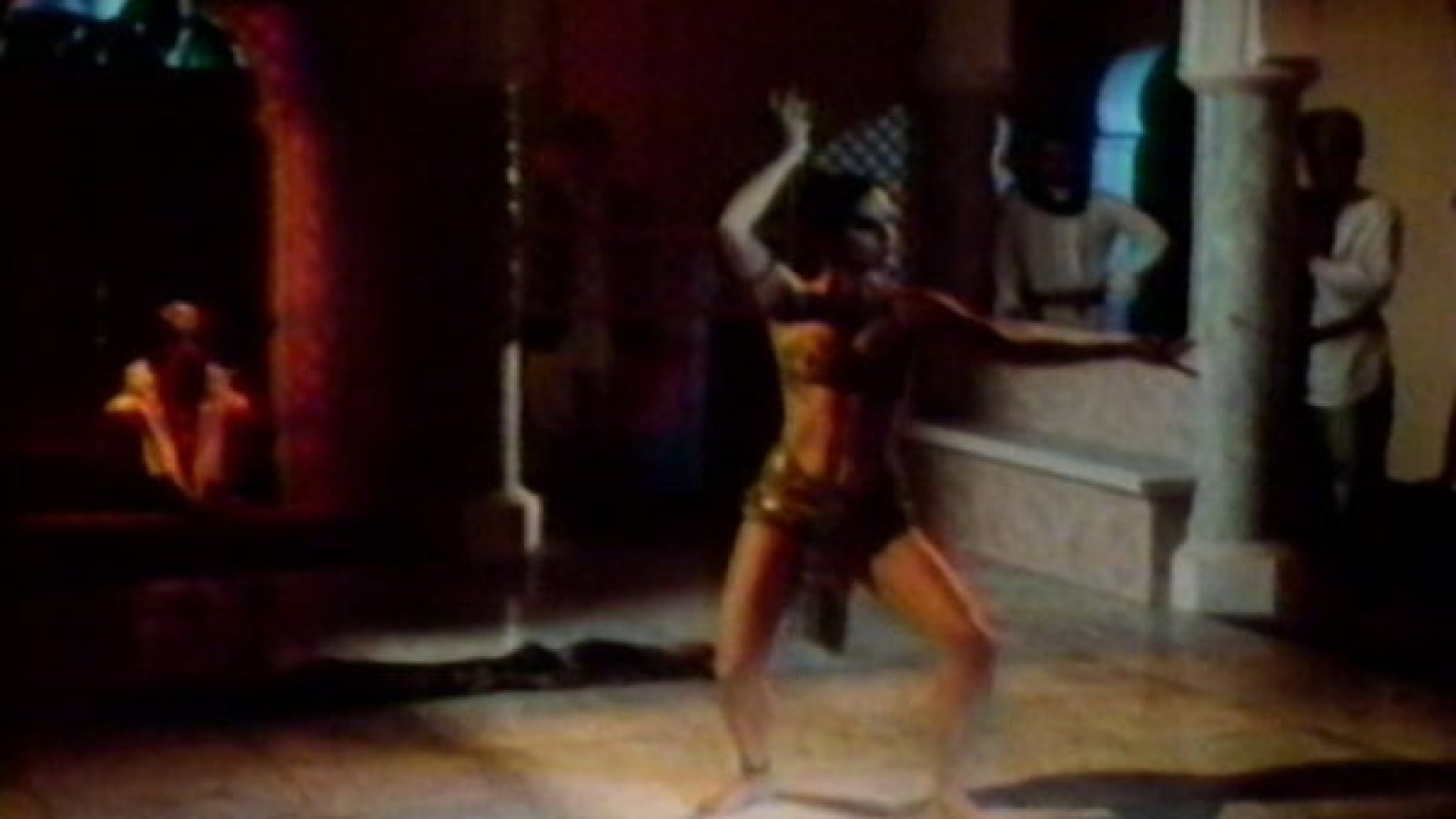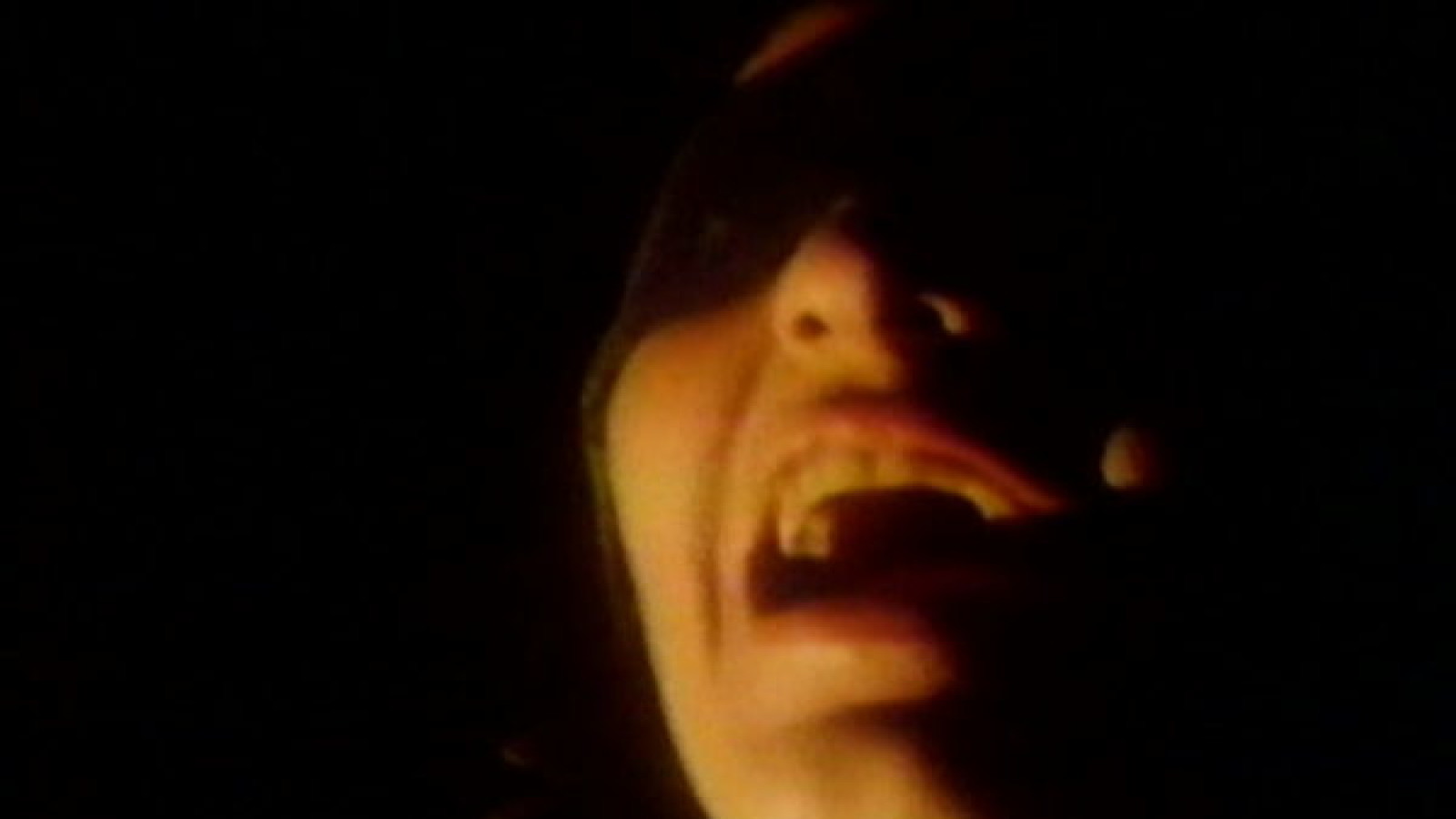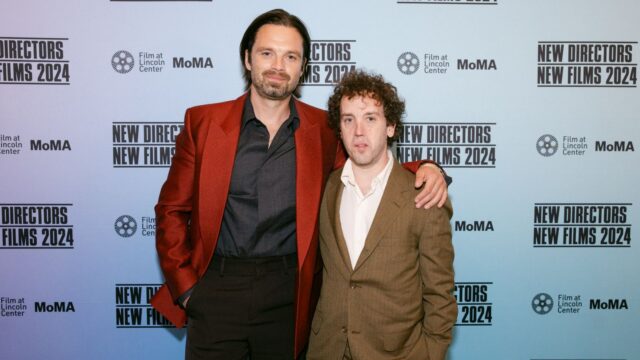Raúl Ruiz
The Blind Owl (La Chouette aveugle)
1987 | France | 90m | 16mm | color | sound | Powerpoint subtitles
H., 35, an Arabian immigrant, works as projectionist in an old cinema. One day, drawn by the music, he looks through the window of the booth and is fascinated: the dancer he sees on the screen seems to be looking straight into his eyes. He falls in love with her, but the vision last only a moment. Shortly afterwards, an elderly man storms into the projection booth and claims he is his uncle. H. wants to prepare a meal for him and reaches for the oil bottle: he sees the same dancer on the label…. H begins to find echoes of his own life in the images he projects. Everything changes when fiction and reality merge… For Ruiz, The Blind Owl was not so much an adaptation as an adoption of the novels written by Sadegh Hedayat and Tirso de Molina. Free composition in a labyrinthine narrative, this explosion of imagination and creation celebrates the fantastical power of cinema in a fictional continuity, mixing past and present, dream and reality. An existential work as well as gigantic hoax, this flamboyant, baroque jewel is as enchanting as it is extravagant.
In all respects an imaginative film by Ruiz. His adaptation of an Iranian novel and a Spanish play is a mixture of dream and reality, past and present. Unusual in its colour effects and the subtitling: often of what is not said…. The Blind Owl is an extremely dense film. I would describe it as cosmic: an adaptation by a Chilean director of an Iranian novel and a Spanish play—and at the same time a regional film, since it was produced by the Maison de la culture in Havre and shot there. It has a continual mixture of dream and reality, past and present. It greatly resembles the self-reflexive mode of Latin American literature. I regard it as Ruiz's masterwork. Ceaselessly, one image contradicts the next. It is a special film in its crucial work on subtitling: often it isn't the dialogue which is subtitled, but rather what is not said. It's also an essential work on color; the film is entirely built on color. The first time I saw this movie, it was a PAL videocassette viewed on a SECAM player; instantly the film turned black and white—and hence absolutely invisible. There is a series of color effects within a field of whiteness, each of which expresses something particular. It is a very 'Sternbergian' piece, a total construction of the image: shadows and lighting, for instance, alter in the course of a shot. The film explodes with imagination and creativity.—Luc Moullet
In my 1990 Ruiz essay, I claimed that The Blind Owl pointed to a “temporary exhaustion” on Ruiz’s part and developed certain ideas in Life Is a Dream, “including the use of a similar provincial movie theater.” Recently reseeing this mind-boggler after reading Luc Moullet’s passionate defense of it in Trafic no. 18 (Spring 1996), I now realize the exhaustion was strictly my own; apart from having something to do with dreams and movies, it has scant relation to Life Is a Dream; and the theater in the film—an Arab cinema—is neither similar nor provincial. Such are the dangers of seeing most Ruiz works unsubtitled and many years apart.
Based loosely on a famous and remarkable 1936 Iranian novel of the same title by Sadegh Hedayat and on a 1625 Spanish play by Tirso de Molina, the creepy story concerns a young projectionist working in Belleville (Ruiz’s own neighborhood in Paris). Because much of what happens to him unfolds in dreams and because it’s often impossible to separate his dreams from his waking life, or either from the Arab movies he projects, the film defies any ordinary synopsis. Moullet, who calls it “the most beautiful gem of the French cinema of the past decade” — though he perversely comes close to dismissing Ruiz’s other films — avows, “I’ve seen The Blind Owl seven times, and I know a little less about the film with each viewing.” Roughly halfway through the movie, the spoken language shifts from French (with snatches of German and Italian) to Old Spanish and Arabic — both of which are subtitled in fake Old French, but, as Moullet points out, not in a manner that corresponds to anything remotely resembling correct translation.
A film in gibberish, you might say — as one might speak of the visual and conceptual gibberish of City of Pirates – but not a film that qualifies as arbitrary either, any more than the dreams it resembles are. And neither of the standard terms used for this sort of fantasia — surrealism or magical realism — seems quite adequate. Ruiz has an important relation to both, but he’s also been careful to distinguish himself from these well-established programs. “My problem with the Surrealists,” he told Ethan Spigland, “is that I have the suspicion that they wanted to keep you busy even while you were asleep. It’s a capitalistic problem.” And he can be differentiated from magical realists ranging from Gabriel García Marquez to Italo Calvino by virtue of the fact that he has a different relation to fiction. “My films are not fiction films but about fiction,” he said to Adrian Martin in Cinema Papers no. 91 (January 1993).—Jonathan Rosenbaum









